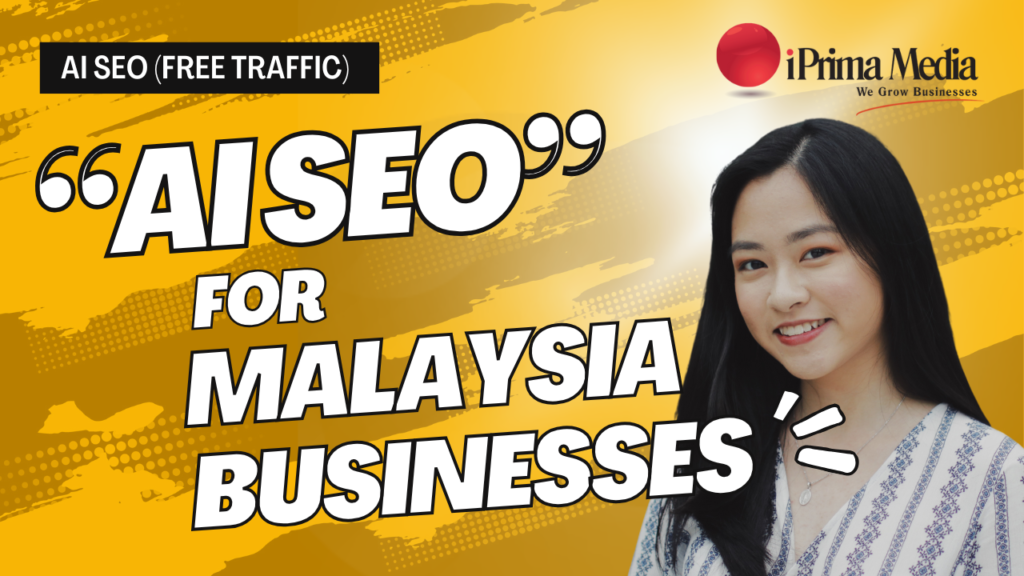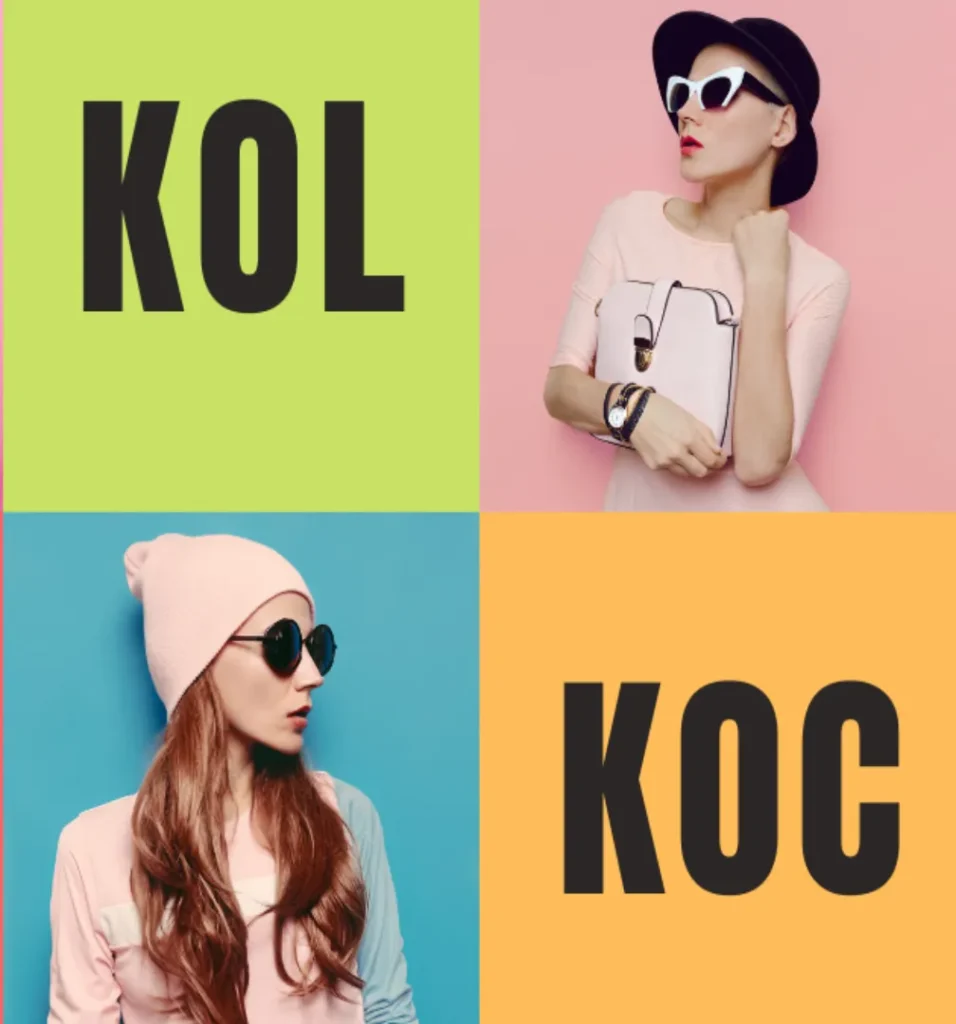
Different between KOC vs KOL Marketing: What's the Difference?
In traditional brand marketing, there were two primary roles: the brand and the consumer. Brands used various channels to convey product information to consumers, epitomizing the “Channel Is King” era. With the rise of internet platforms, a third role emerged: the Key Opinion Leader (KOL), an expert with a dedicated following, which ushered in an era of targeted brand marketing. In recent years, the high popularity of social applications like WeChat and WhatsApp has given rise to a more grassroots version of KOL marketing: the Key Opinion Consumer (KOC).
In today's digital age, influencer marketing has become a crucial strategy for brands to engage authentically with their target audience. Both Key Opinion Consumers (KOCs) and Key Opinion Leaders (KOLs) represent distinct approaches to leveraging influencers. Understanding their differences, advantages, and strategic implications is essential for brands aiming to maximize their marketing investments effectively.
Introduction to Influencer Marketing
Influencer marketing has transformed traditional advertising methods by harnessing the power of individuals who have built credibility and trust among their followers. Unlike conventional advertisements, influencer recommendations resonate more authentically with audiences, driving higher engagement and conversion rates. This article explores how brands can navigate between KOCs and KOLs to craft an effective influencer strategy.
Different between KOC vs KOL:Understanding KOL vs KOC Marketing for Your Brand
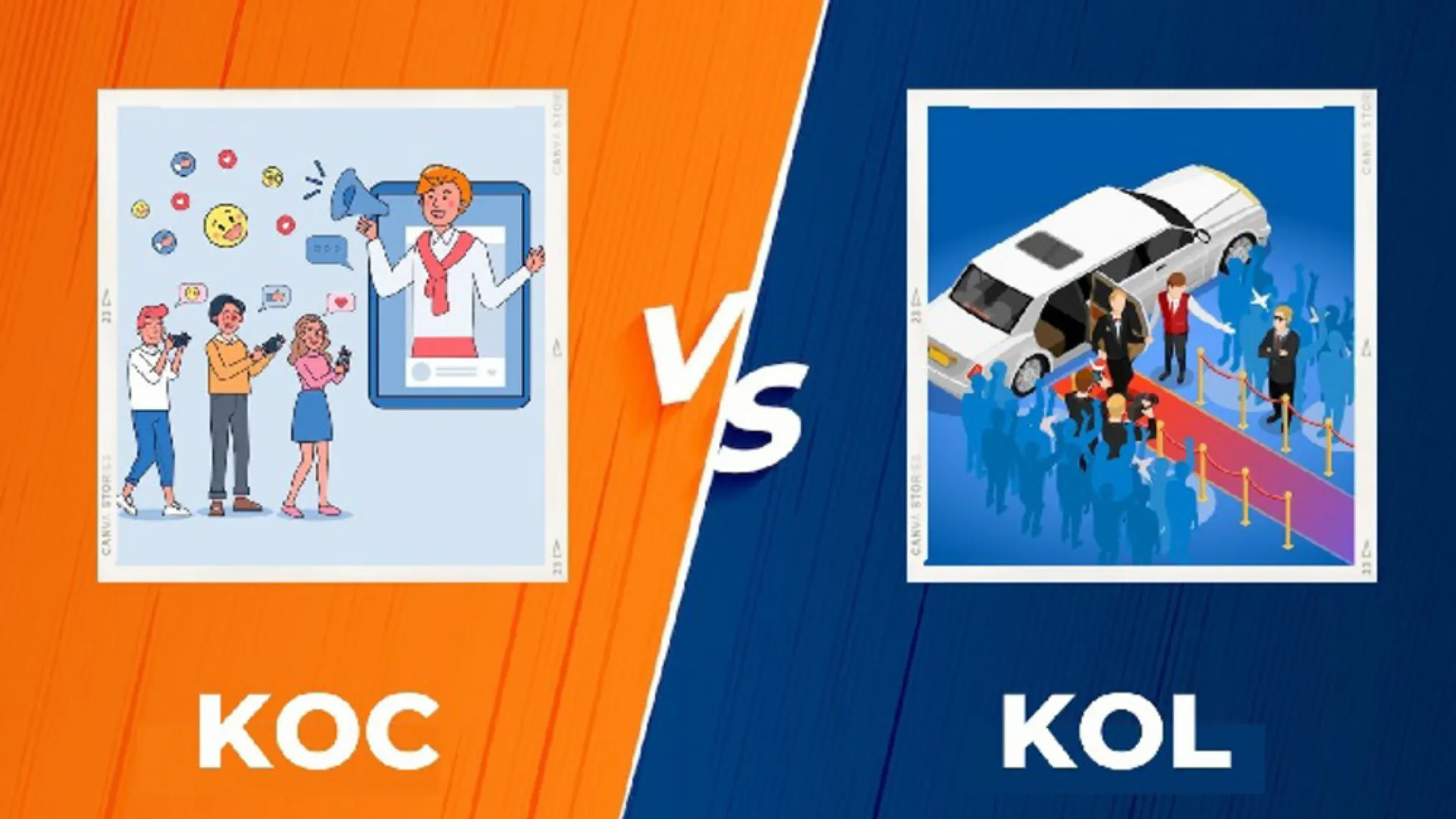
KOC and KOL, though only one letter different, have very different logic behind them, and also have very different performance in social marketing:
KOL (Key Opinion Leader) refers to a person who has greater influence and discourse power in a specific group. There is no absolute limit to the category of the group, which can be as large as an industry, a subculture or as small as an interest group. They possess professional knowledge and influence, and have greater appeal to the purchasing behaviour of the group.
KOC (Key Opinion Consumer) generally refers to the influence of their friends, followers, consumer behaviour of the consumer leader.
Compared with KOL, KOC has fewer followers and less influence, but it is more direct and cheaper.
As followers accumulate, KOC will eventually become KOL, and every KOL is also a KOC.
What's Different between KOC vs KOL?
The number of followers

Image Credit: instagram.com/ms_puiyi/
In terms of the number of followers, KOL is obviously superior to KOC, and the number of followers of KOL is often ten or even a hundred times that of KOC. For example, the number of followers on the whole platform of KOL Ms.PuiYi is over ten million, and if you want to become a KOC, you only need more than ten thousand or even thousands of followers.
The distance between KOL and KOC with their followers are also different. Although KOL has more followers than KOC, it is often far away from their followers and interacts less frequently than KOC, making them as a group of “unreachable people.” On the other hand, due to the limited number of followers, KOC frequently interacts with followers and is close to followers, thus becoming the “person next to followers”. Compared with KOL, KOC has higher follower stickiness and loyalty.
Influence
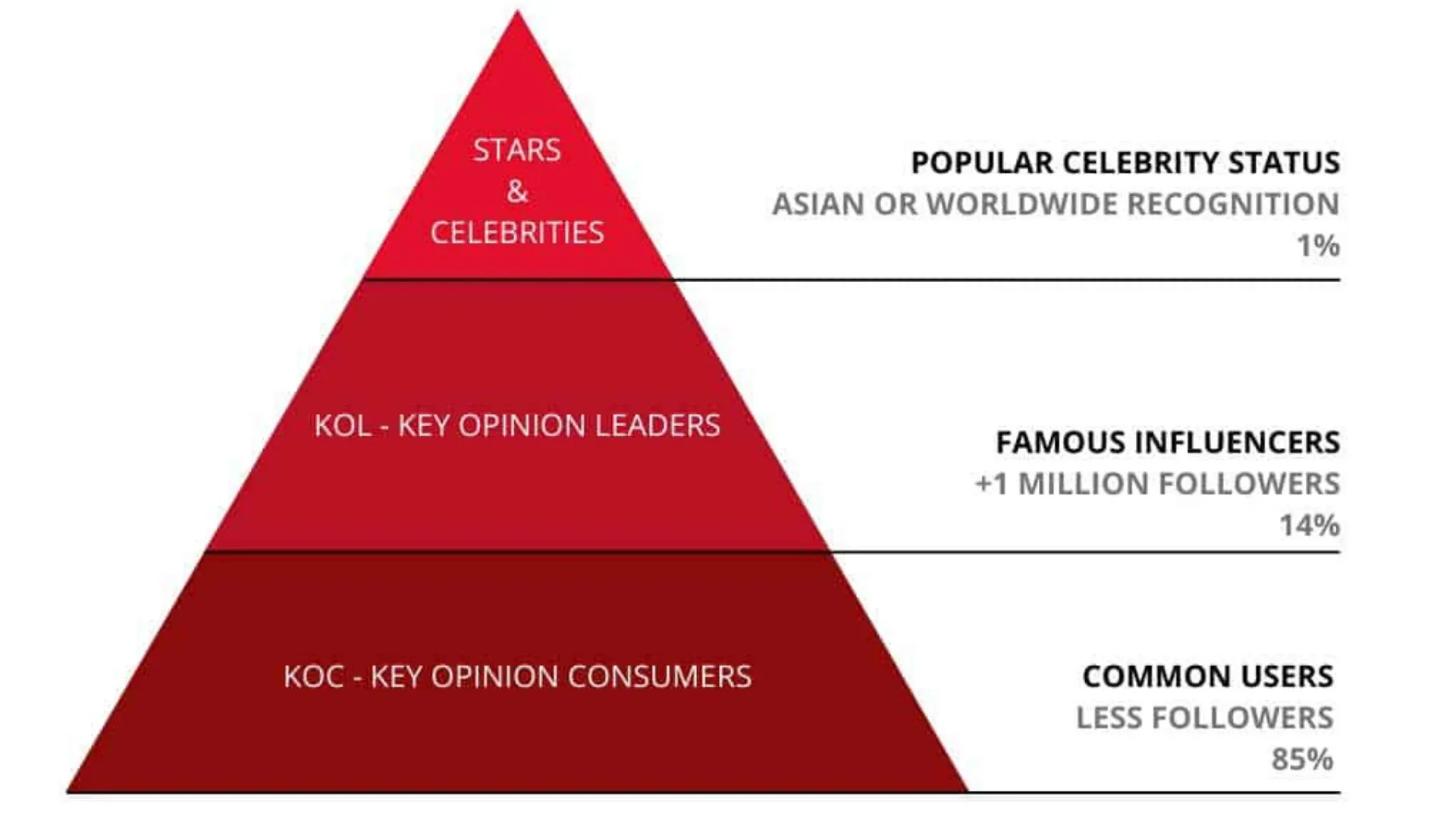
Depending on the number of followers, KOL and KOC have different levels of influence. If KOL, KOC and ordinary consumers are regarded as a pyramid, then KOL with high popularity and strong influence must be located at the top of the pyramid, while KOC with relatively weak influence is located at the middle of the pyramid.
The scope of influence of KOL and KOC is also different. KOL mainly affects public traffic, while KOC mainly affects private traffic.
Content
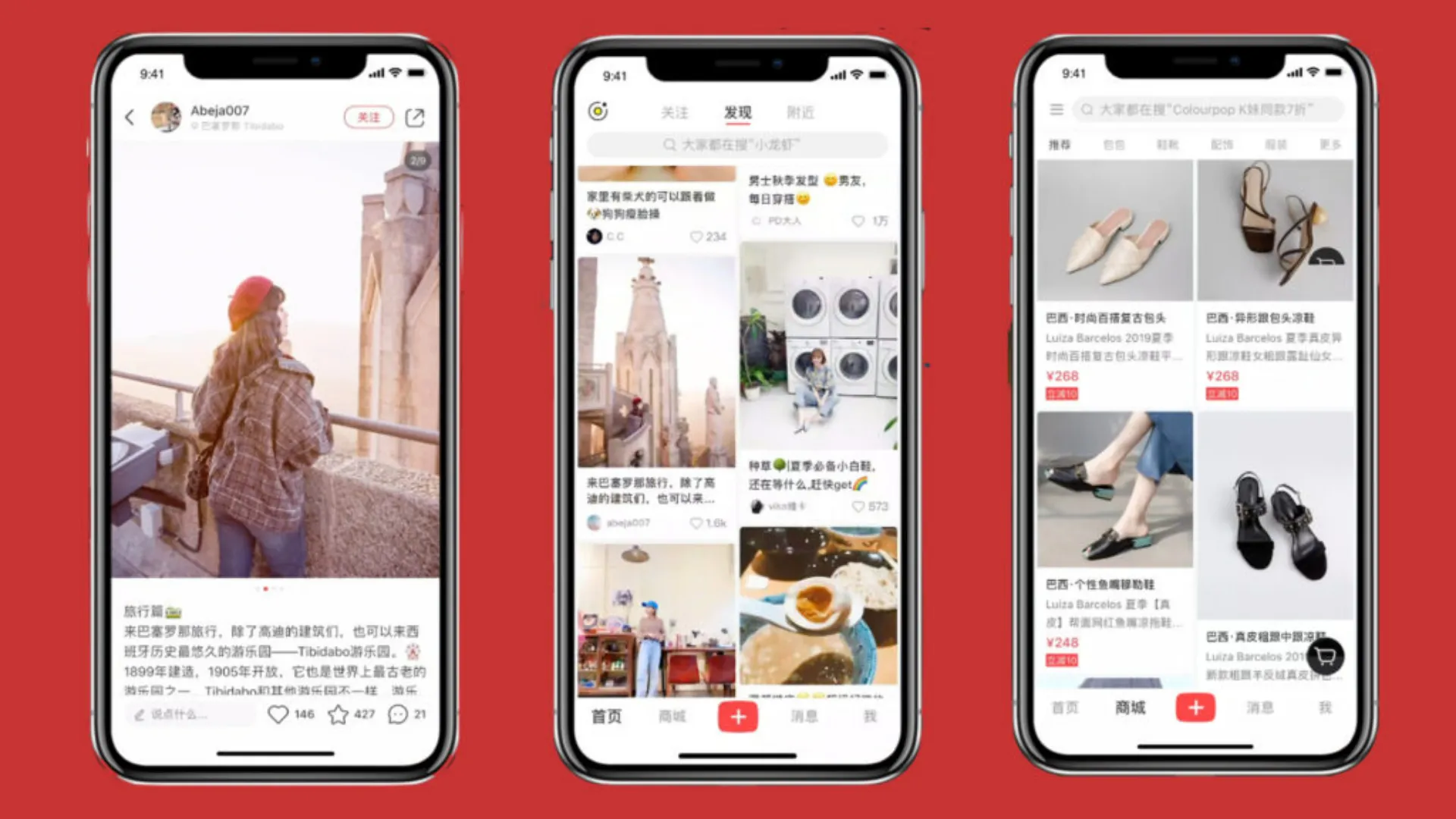
KOL tends to be deeply engaged in a certain vertical field for a long time, such as food, beauty and cosmetics, automobiles, and so on. Those who create a certain vertical content for a long time will also gain vertical marketing power in their creation. As the content becomes more and more high-quality and professional, their vertical marketing power will become stronger and stronger.
KOC is a consumer, and most of the content it shares is personal experience. The content is human-centered and more life-oriented, personified and interesting. The content is authentic and close to consumers' life, so they are easier to be trusted by consumers.
Different between KOC vs KOL
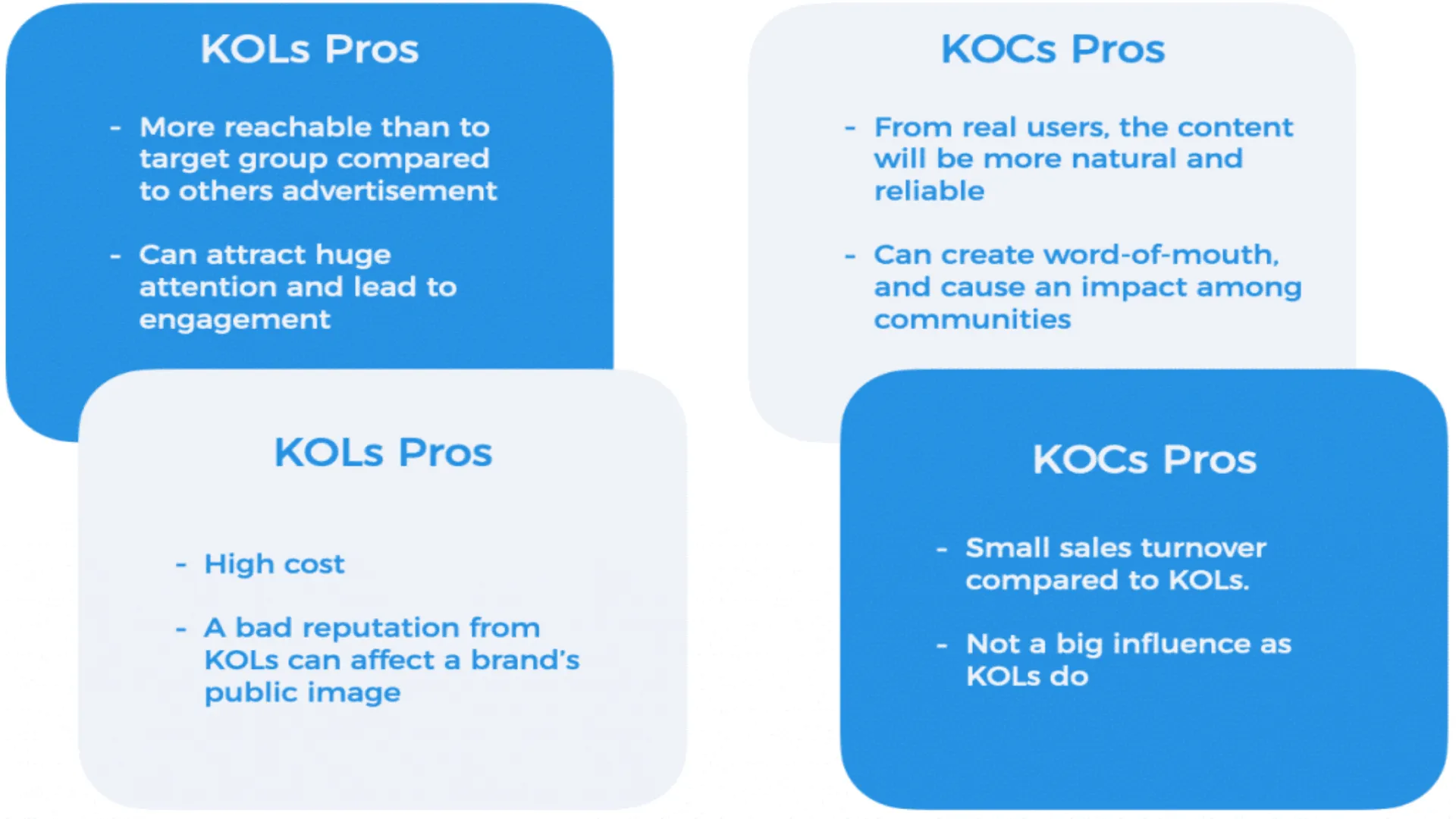
After understanding the characteristics of KOL and KOC, how to choose the target is also a matter of great concern to brands.
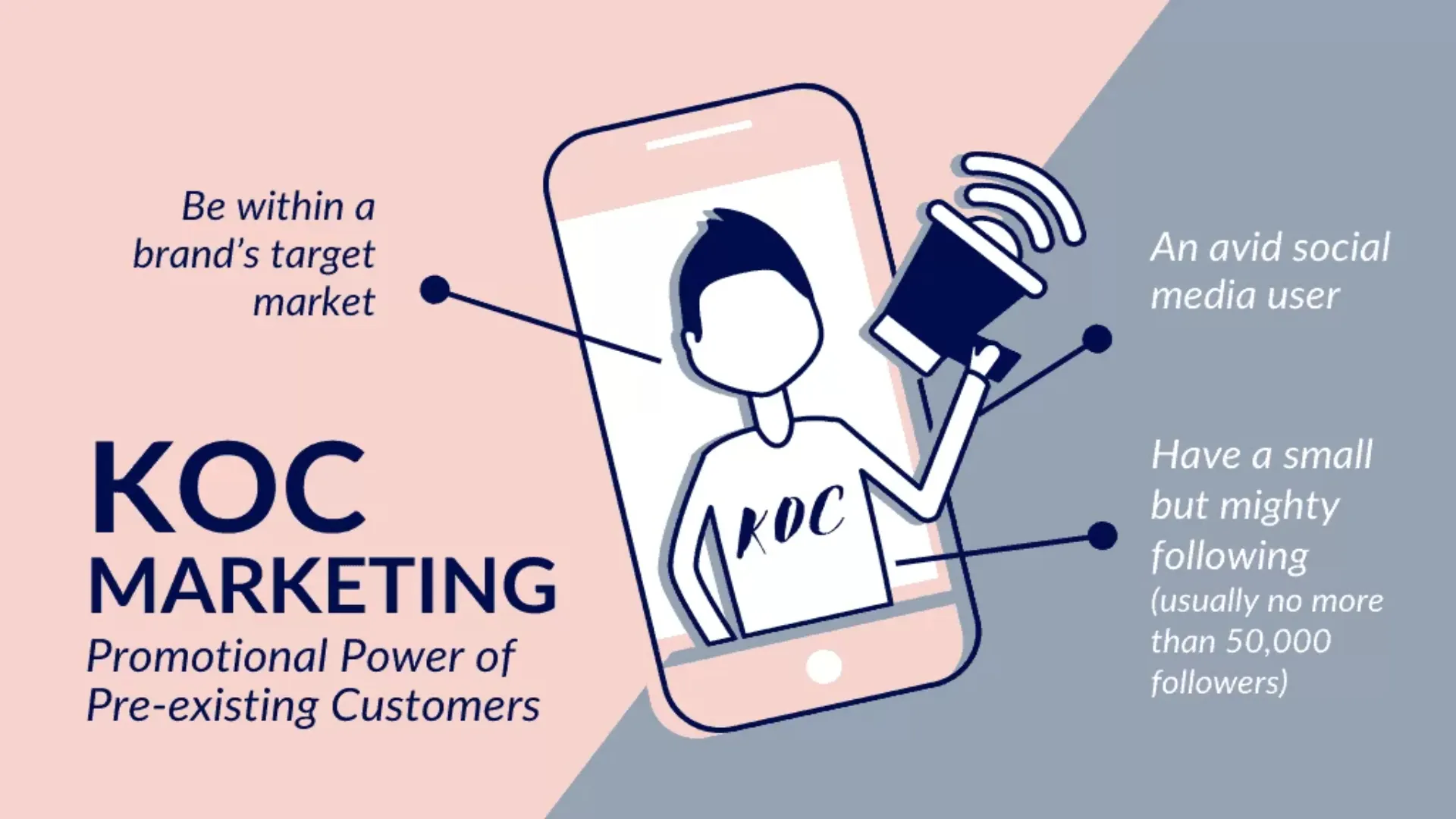
Image Credit: adchina.io
The price of KOC is relatively low, and the professionalism is lower than that of KOL, but it is better in reality, close to consumers, and a large range of KOC linkage promotion effect is good.
If the brand is inclined to do brand recommendations, then large-scale KOC launch is a good choice, a large number of KOC linkage recommendation, will produce real and strong influence. Through communication with consumers, the brand's reputation and users' recognition and favorable impression of brand products can be improved. According to KOC's real experience, consumers are more likely to be impressed and recommended successfully.
The price of KOL is higher than that of KOC, and the price will continue to rise. KOL is more professional and influential than KOC, but it is far away from consumers.
If the brand is more inclined to complete recommendation plus improve conversion rate, then KOL with stronger influence and higher professional is a better choice. At the same time, because one KOL can have the same influence as ten or even a hundred KOC, the selection of KOL often requires fewer numbers, which is less difficult and more efficient than the selection of KOC.
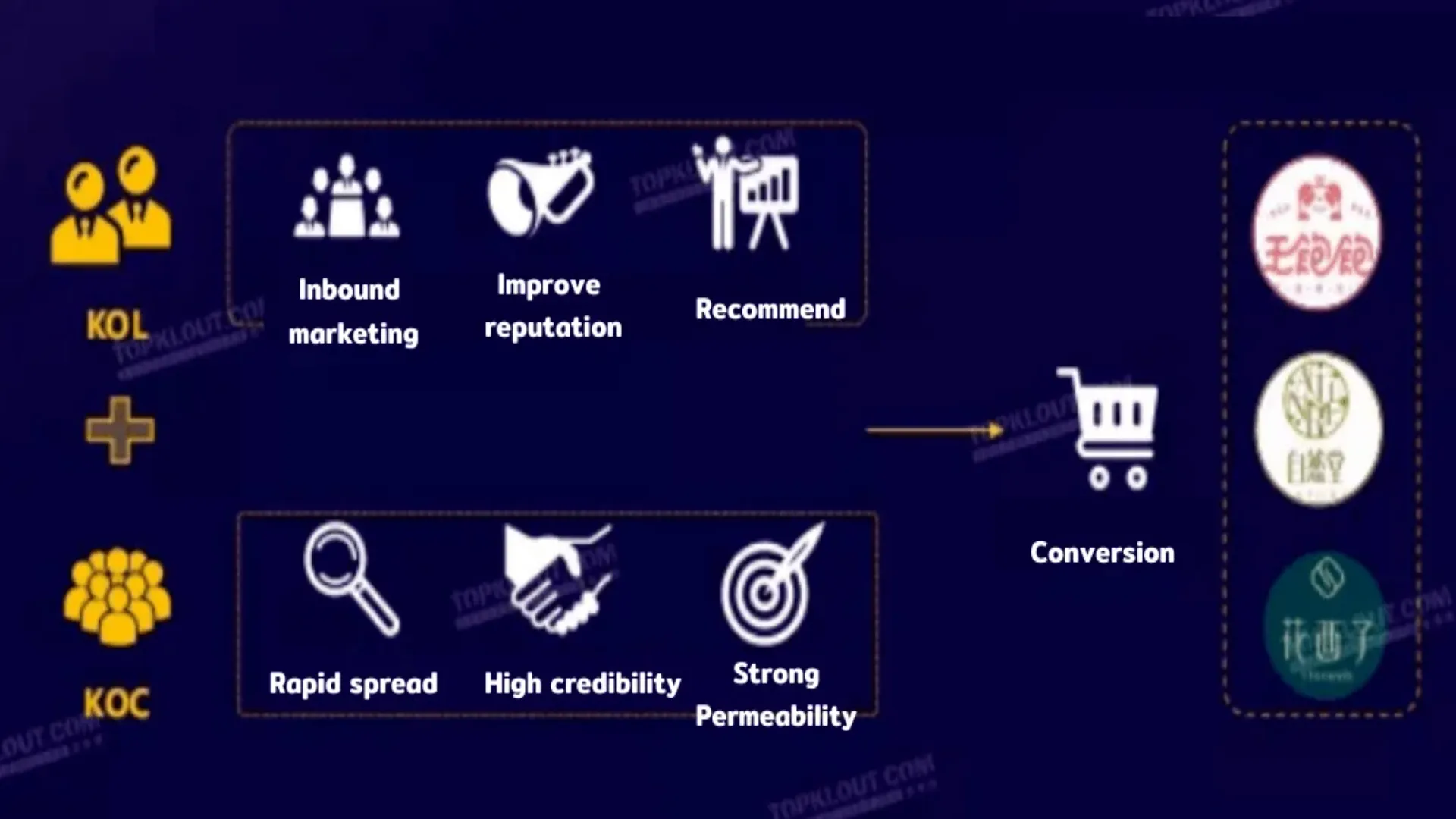
Image Credit: topklout.com
In brand marketing, KOC achieves word-of-mouth communication and brand recommendation, while KOL achieves topic influence and efficient consumption transformation.
These two roles, in the marketing link is indispensable. The effect of brand marketing can be maximized only when KOL and KOC are properly utilized and organically integrated.
More and more brands choose to make a combination of “KOL+KOC” in marketing, so that KOL and KOC cooperate to create marketing hits, such as the famous Chinese cosmetics brand Florasis.
Of course, before choosing KOL and KOC for marketing, the strength of the brand is the first. The brand strength is strong enough to make the sharing and communication of KOL and KOC more authentic, to better complete the recommendation and conversion, and finally achieve the integration of product efficiency and sales.
Different between KOC vs KOL: How Does the ROI From KOL Marketing Compare to Other Marketing Channels?
Return on investment (ROI) from Key Opinion Leader (KOL) marketing is highly favorable in comparison to other marketing channels.
A survey conducted at the end of 2018 highlighted that approximately 49% of consumers in China rely on KOLs' recommendations for their purchase decisions. This percentage increases substantially when considering the younger demographic, with Millennials and Gen-Z individuals showing even more dependence on KOLs.
In addition to consumer reliance, marketers also witness significant benefits from KOL marketing. Around 71% of marketers report that the quality of customers and traffic generated through KOL marketing surpasses that of other sources. This implies that the audience reached through KOLs is highly engaged and more likely to convert into paying customers.
Moreover, an overwhelming majority of businesses, precisely 89%, claim that their ROI from KOL marketing is either comparable to or even better than other marketing channels. This indicates that KOL marketing provides a highly favorable return on investment for businesses, ensuring that their marketing efforts are not only effective but also yield a significant impact on their bottom line.
In conclusion, ROI from KOL marketing is notably superior when compared to other marketing channels. The widespread consumer dependency on KOL recommendations, coupled with the positive feedback shared by marketers and businesses, confirms that a substantial return on investment can be achieved through KOL marketing strategies.
Different between KOC vs KOL: How Can KOL Marketing Benefit Both Small Businesses and Large Corporations?
KOL marketing is great for businesses of all sizes. For brands that aren’t widely known, it’s a method to establish and enhance their presence. This effective method uses the influence of key opinion leaders (KOLs) to get more eyes on a brand. Getting people to listen can be tough when you’re starting out, so working with KOLs helps build trust. Additionally, small businesses can use them to reach their target audience and generate positive buzz around their products or services.
On the flip side, KOL marketing is also great for established brands too. These are the companies that already have a reputation and are widely known.
But even they could use extra help from KOL marketing. More specifically, they can use it to amplify their advertising campaigns and generate anticipation for new product launches. By hitting up influential KOLs, large corporations can promote offerings to a larger audience while still being trustworthy.
Whether you’re running a small business or large corporation, KOL marketing is the way to go. Gaining influence and creating customer interest is easy with it.
For big corporations? They can utilize KOLs as a powerful tool to boost their reach and drive product launches that leave an impact. Small businesses? They can gain brand presence and attract customers. This is a strategy that levels both playing fields and allows them to strive in the competitive landscape.
Verdict
The choice between the KOL and the KOC has been a hot topic in the marketing industry since the rise of the KOC in 2019.
Some thought that KOC, which is close to life and has low investment, is the first choice at a time when traffic is getting more expensive. On the other side, KOL has strong traffic and influence, so its marketing effect is bound to be better.
In fact, in different time and space, the choice of KOC and KOL is different. Brands in different situations need specific analysis and decision-making to achieve the integration of products and efficiency. Such a decision must be based on a thorough understanding of KOL and KOC.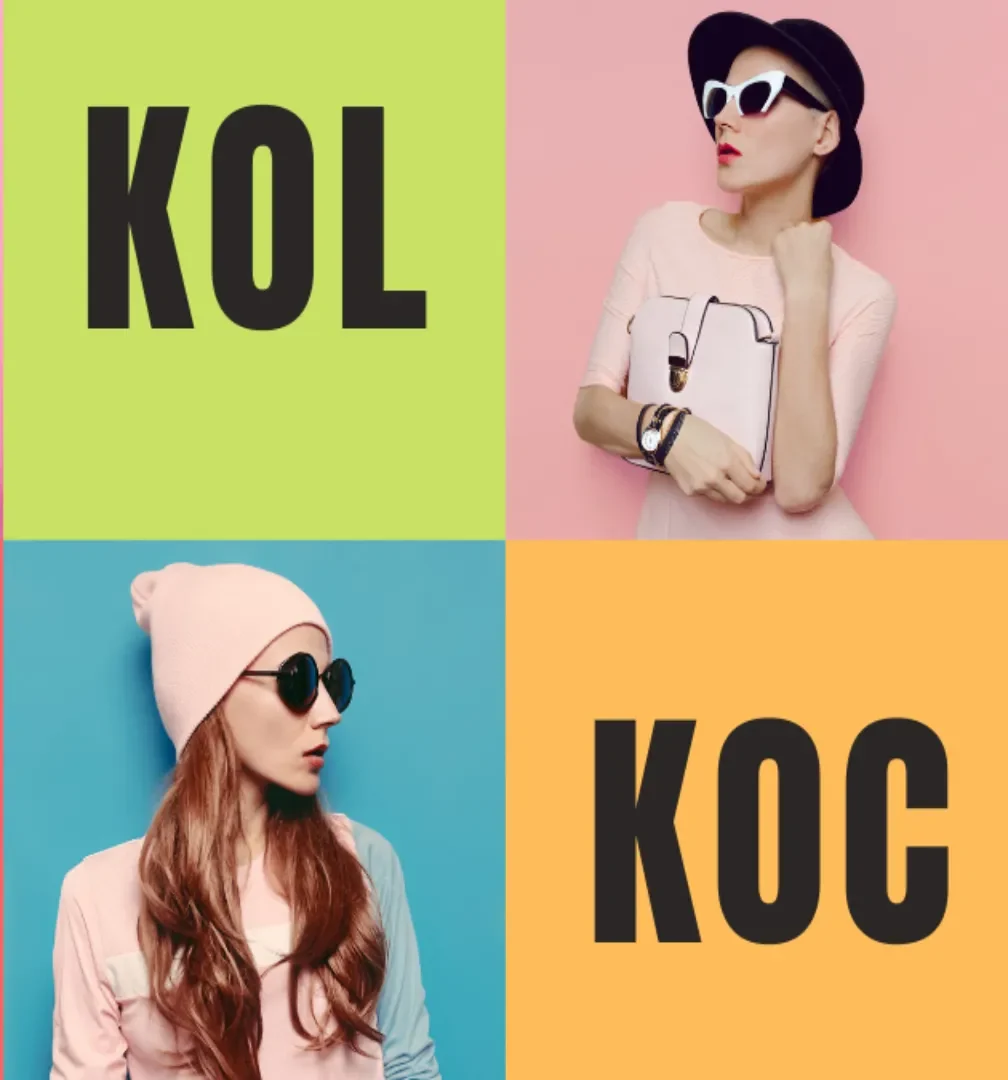
You Might Be Interested In These Too!
 Is Content Marketing The Trend? 4 Reasons You Should CareFebruary 16, 2023
Is Content Marketing The Trend? 4 Reasons You Should CareFebruary 16, 2023 KOC Marketing Tips You Should Know In 2024January 10, 2024
KOC Marketing Tips You Should Know In 2024January 10, 2024 5 Persuasive Copywriting Techniques That Resonate with Malaysian AudiencesFebruary 10, 2024
5 Persuasive Copywriting Techniques That Resonate with Malaysian AudiencesFebruary 10, 2024 Grow Your Travel Agency Business With 5 Digital Marketing PlansDecember 23, 2022
Grow Your Travel Agency Business With 5 Digital Marketing PlansDecember 23, 2022









